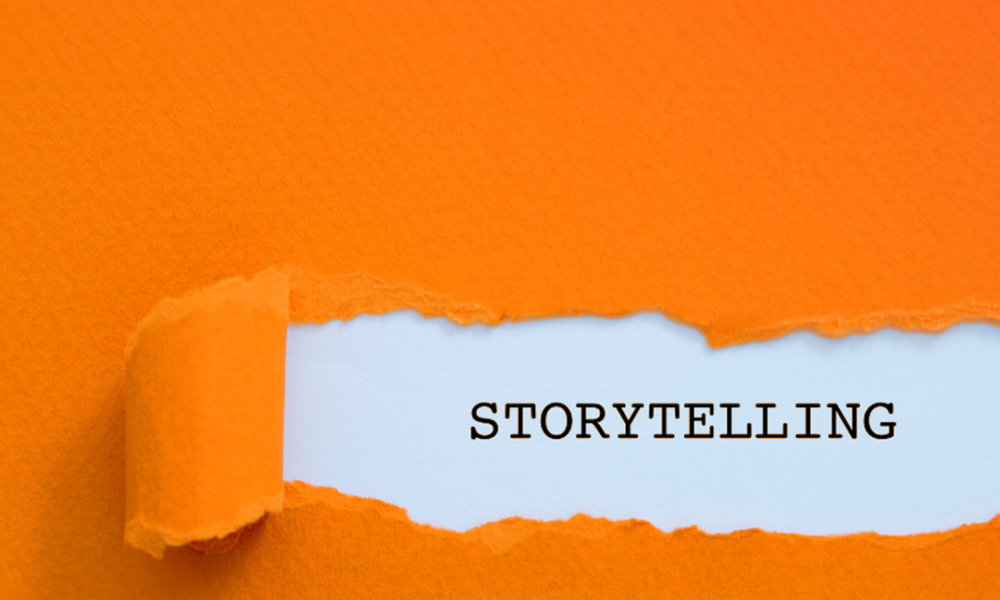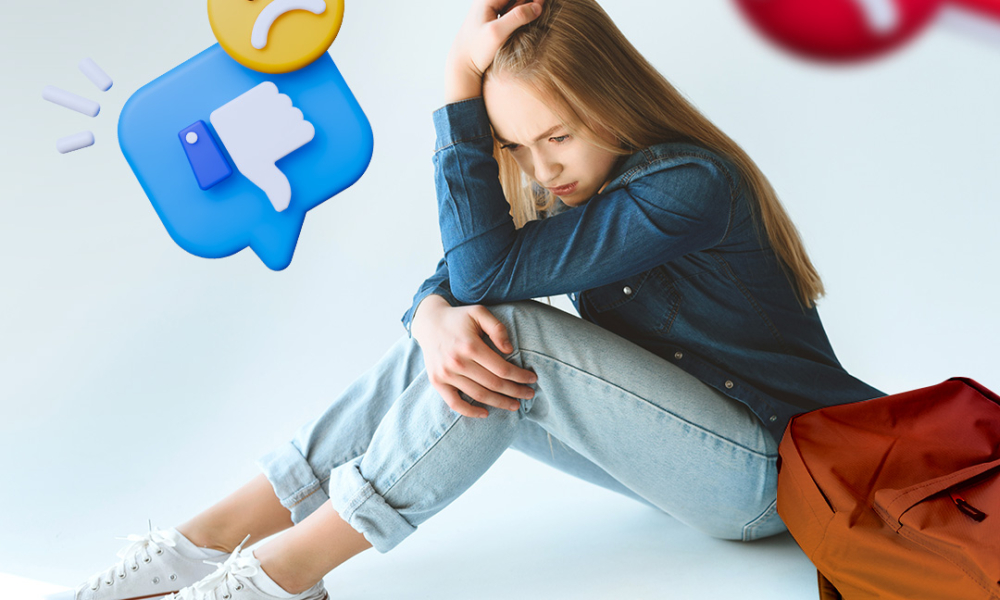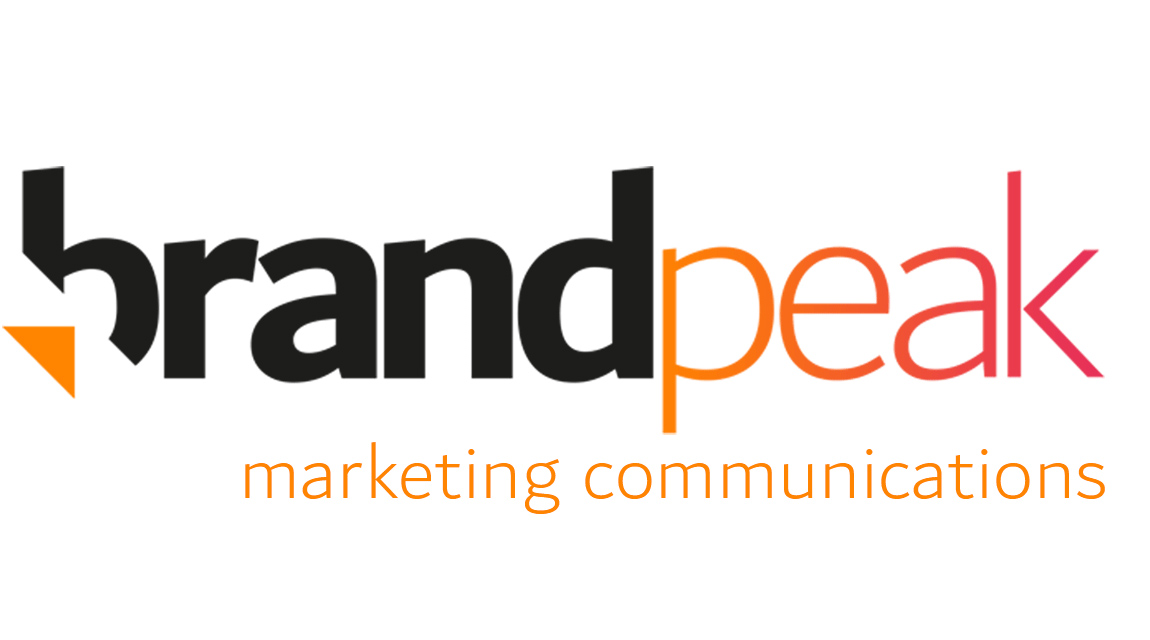Is artificial intelligence a challenge or an opportunity for graphic designers?
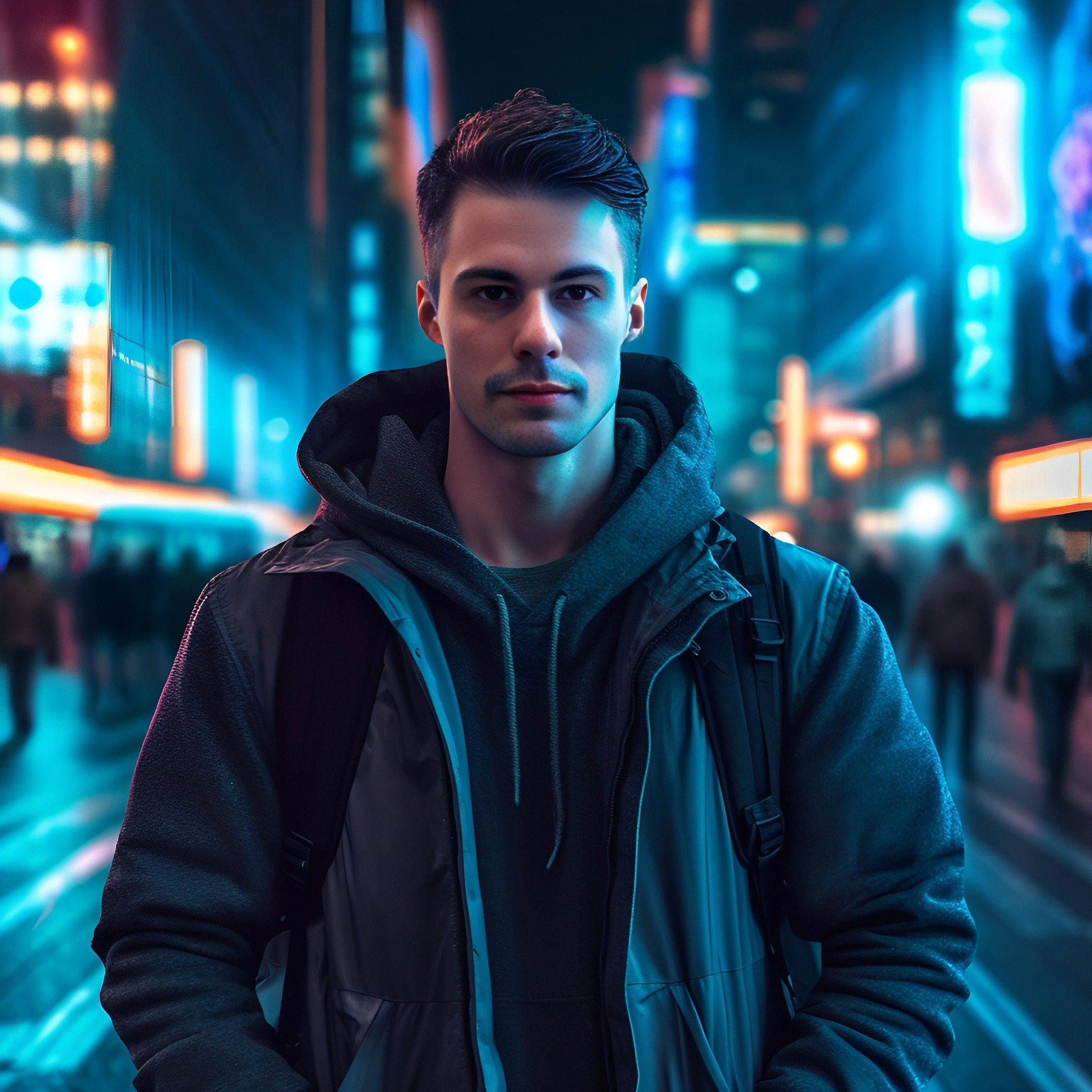
Artificial intelligence — AI is inevitably one of the most important issues in the modern world, entering our everyday lives with impetus. Even in artistic fields, such as graphics, it has not been avoided. But are solutions based on artificial intelligence really a threat to the graphic design profession? Or do they rather constitute a new opportunity for the development of this industry?
Artificial intelligence in graphics — Revolution
In the last two years, we have witnessed the rapid development of artificial intelligence. AI has penetrated areas that we could not have dreamed of just a few years ago.
The artistic and creative world experienced a powerful shock. Paradoxically, a field usually considered resistant to automation has become its first victim.
We now have access to tools that not only shorten the time needed to process photos. The software also allows you to create graphics at the highest level in real time. Even for people without any experience in this field.
Thanks to tools such as Midjourney, DALL·E and Stable Diffusion, artificial intelligence demonstrates amazing creative qualities. Images published by users on social media are often breathtaking.
Giga śmieszne to AI do generowania avatarów 😀😁 pic.twitter.com/t2Qc91dFvP
— Tomasz "Gimper" Działowy (@t_dzialowy) November 29, 2022
AI is able to generate high-quality and innovative designs, infographics, and posters in much less time than a human. However, it is worth noting that these solutions are based on data previously provided to them.
Content marketing – why is it important?
Let us remember that it is still artists who have the unique ability to create original works expressing their personal view of the world.
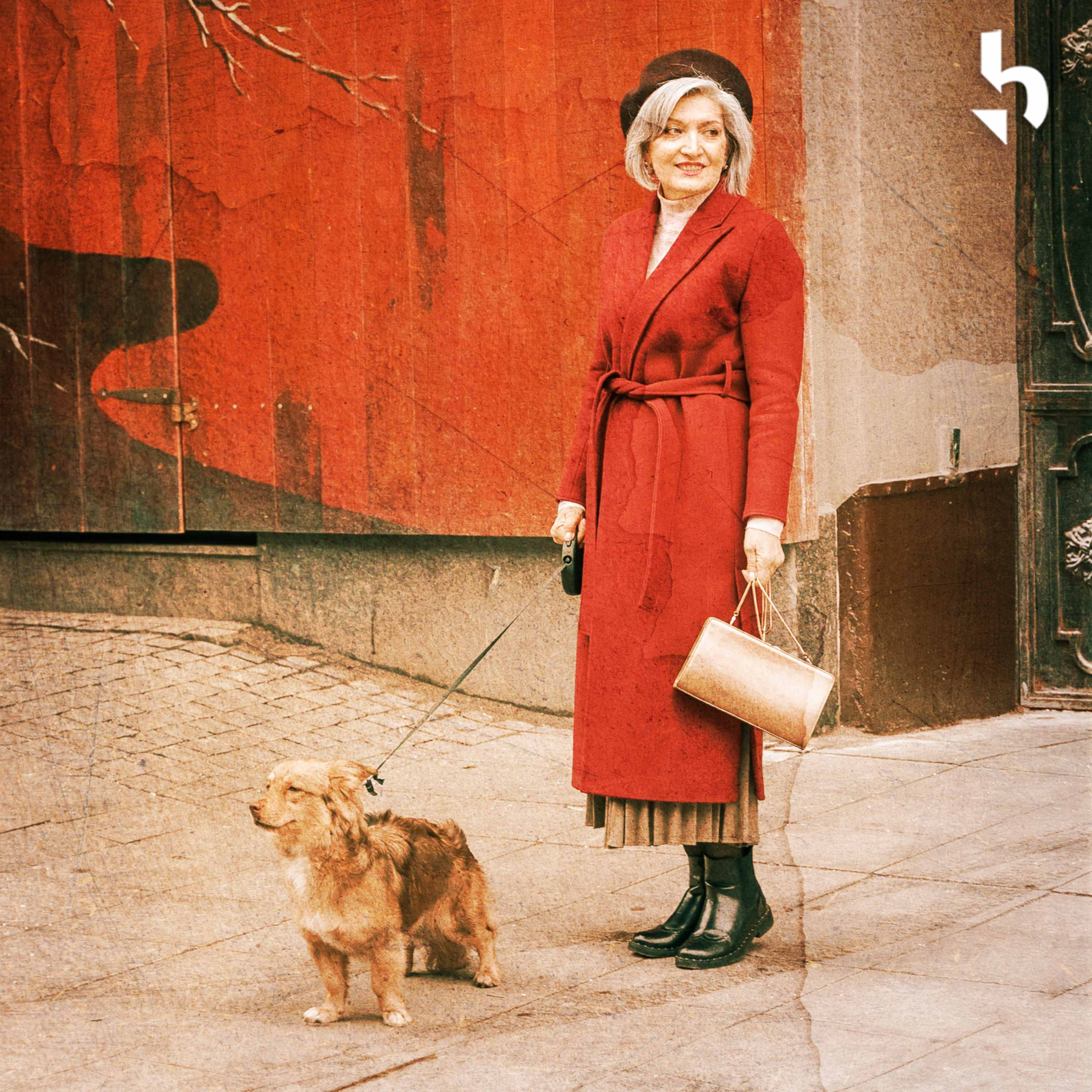
Transforming the role of a graphic designer
The history of the graphics industry has always been one of adaptation. The introduction of printing technology in the 15th century revolutionized the industry, enabling the mass creation and distribution of images and text. So is artificial intelligence the next tool that will improve the creative process of designers?
A change in the role of a graphic designer in the era of AI technology seems inevitable.
The program processes data at a pace that humans cannot achieve. This means that many tasks that previously required human intervention have been automated. But don’t fall into lamentation. You can feel safe if your work did not consist solely in removing unnecessary landscape elements or correcting the colors of the photo.
A flexible schedule who is able to adapt to any market situation will focus on the creative aspects of his work. AI functions take over simple routine and time-consuming tasks.
Design skills using artificial intelligence
How can artificial intelligence support the creative process of graphic designers? As you already know, the AI-based tool allows you to create graphic designs based on provided examples or criteria. The algorithm offers greater possibilities and attention to detail. For example, it is able to create a logo taking into account a specific style, colors, or typography. In addition, AI can automatically generate a color palette based on photos, images, illustrations, or infographics.

This has made design much more accessible. Algorithms testing multiple versions of the same product to select the optimal version. In addition, there is also the automation of repetitive and time-consuming tasks.
Maintaining a company profile on Facebook – how to stand out from the crowd
A great example is the words of Steve Jobs: “For me, a computer is the most extraordinary tool we have ever invented, and for our minds it is the equivalent of a bicycle.” We can now apply this to artificial intelligence by saying that it is a bicycle for our creativity.
Creativity is based on experiences and ideas. Artificial intelligence can significantly stimulate creativity, becoming a “second brain”, working with the creator and providing information.
Challenges and controversies around AI
However, despite these many positive aspects, there are also controversies arising from the way artificial intelligence works. Designs, graphics, illustrations, or photographs generated by the systems usually do not contain the signature of the original creator.
This raises doubts about the owner of the generated work. A great example are databases used to train systems. Information is downloaded from the Internet without the consent of the creators, which raises questions about the ethics and legality of this process.
A question that raises many expectations is who owns the work generated by artificial intelligence?
Is it the person entering commands in the program, the AI system operator, or the artificial intelligence itself generating images? This question also raises the issue of copyright and liability for possible plagiarism. We do not yet have legal guidelines that would help resolve this conflict.
One lawsuit from media giants such as Warner Bros, Disney or Netflix may open the door to legal compensation for artists.
AI in social media as a threat to world security
Artificial intelligence capable of generating hyperrealistic images and photographs can be used to mass produce fake news. On social media, false information can affect recipients on an unprecedented scale.
This may lead to political fighting, spreading disinformation, or even fabricating false evidence. This, in turn, carries the risk of misleading Internet users and having huge social and political consequences.

Errors in creating graphics by artificial intelligence
Although artificial intelligence in design is becoming increasingly popular, it is not without some challenges. One of the main problems he encounters are errors that may occur in the process of creating graphics. AI, despite its advanced functionality, can sometimes make unexpected or non-standard errors that impact the final visual effect.

This is often due to incomplete understanding of the context or non-standard aesthetic preferences. Nevertheless, these mistakes are typically seen as inevitable challenges. Errors accompany the development and improvement of artificial intelligence technologies in the field of design.
Summary
This situation can be looked at from many sides. However, we believe that artificial intelligence will not replace human creativity. Human-machine cooperation can generate synergistic effects and improve the quality of projects.
Despite this, some companies will have the opportunity to opt for cheap AI solutions instead of hiring designers. In the area of graphic design, where solutions for quickly creating projects (Canva or Photoshop) have been present for years. The amount of AI graphics on the market will not significantly impact customers who prefer authenticity.
The challenge for the industry will be to find a balance between the effectiveness of AI tools and the value added by human creativity.
Ultimately, artificial intelligence provides support. However, it is the unique abilities of people, with their artistic sense and original approach, that will remain crucial in creating inspiring works.
Zobacz, co jeszcze u nas słychać
Contact us
We will tailor actions to your needs and demonstrate how effective marketing and planned communication impact brand perception, image, and business sales. Feel free to ask what specific steps we can take for you.

Brandpeak
Biurowiec Rent Poland
ul. Zbąszyńska 4, 91-342 Łódź, Poland
Brandpeak — social media, internet marketing and public relations agency
Brandpeak is an agency specializing in social media, internet marketing, and public relations. We emphasize a unique blend of experience and knowledge. Our specialists meticulously plan and successfully execute campaigns and projects in internet marketing, digital PR, and social media. We utilize various online marketing tools, such as content marketing, influencer marketing, performance marketing, PPC, and email marketing.
Our services also include social media management and advertising. We excel in managing social media platforms, including Facebook, Instagram, and LinkedIn, which our satisfied clients can attest to! Through our efforts, we aim to build brand awareness, support the creation of strong brands, shape and maintain a positive image, and uphold a favorable reputation.
We achieve this through PR campaigns, analysis, building and nurturing media relationships, and managing press offices for our clients. We don’t fit neatly into a single category like a PR agency, social media agency, advertising agency, or creative agency. We prefer to think of ourselves as a comprehensive marketing agency that tailors marketing tools based on the specific goals we aim to achieve: improving brand image, increasing brand awareness, boosting sales, reaching new customers, and more. We understand the importance of these goals and how they contribute to business growth.
This holistic approach makes us the best marketing agency serving clients in Warsaw, Łódź, Poznań, Gdańsk, Kraków, Katowice, and Wrocław. Social media agency. PR agency. Marketing agency. Visit brandpeak.pl/en for more information.



